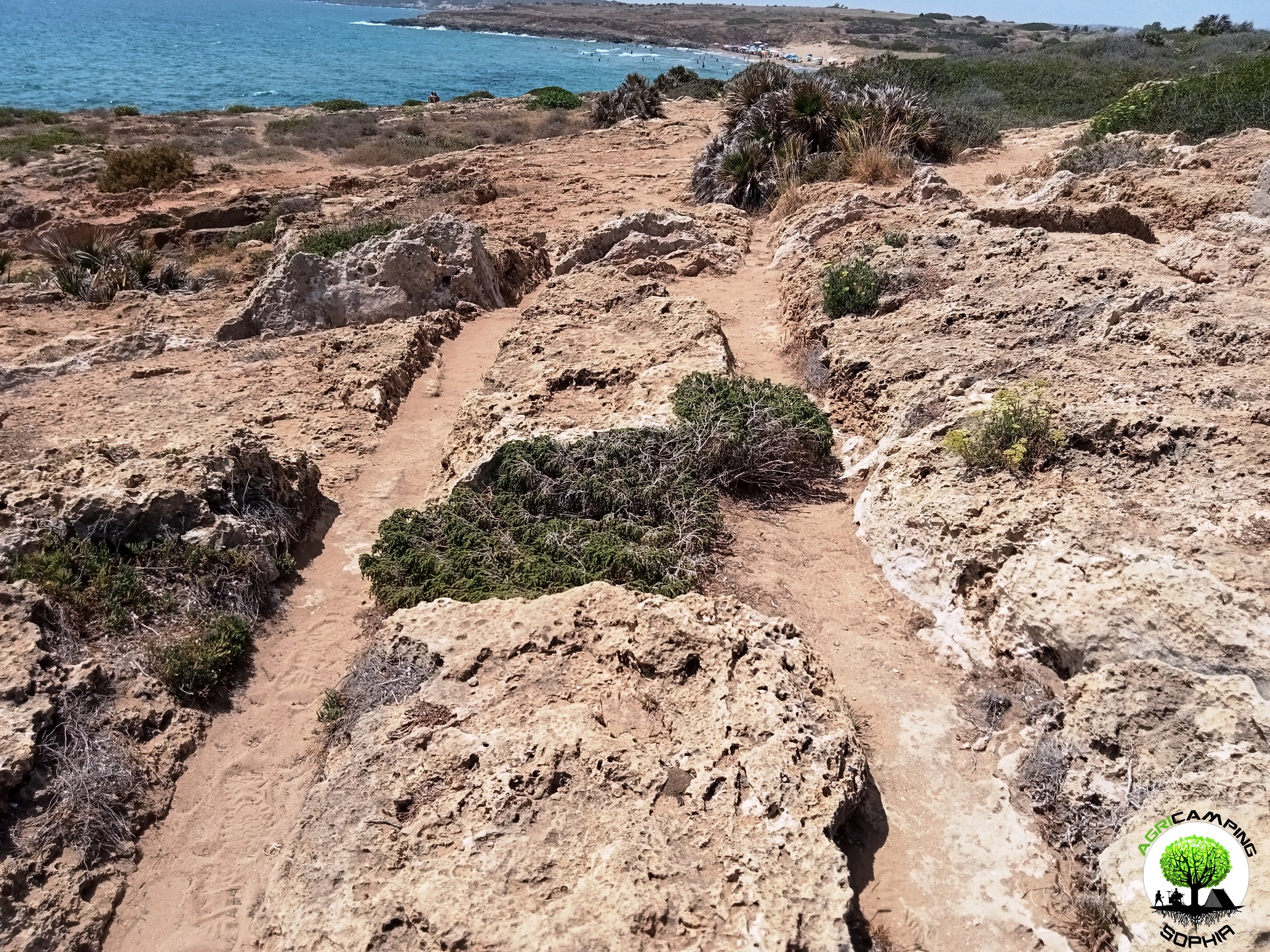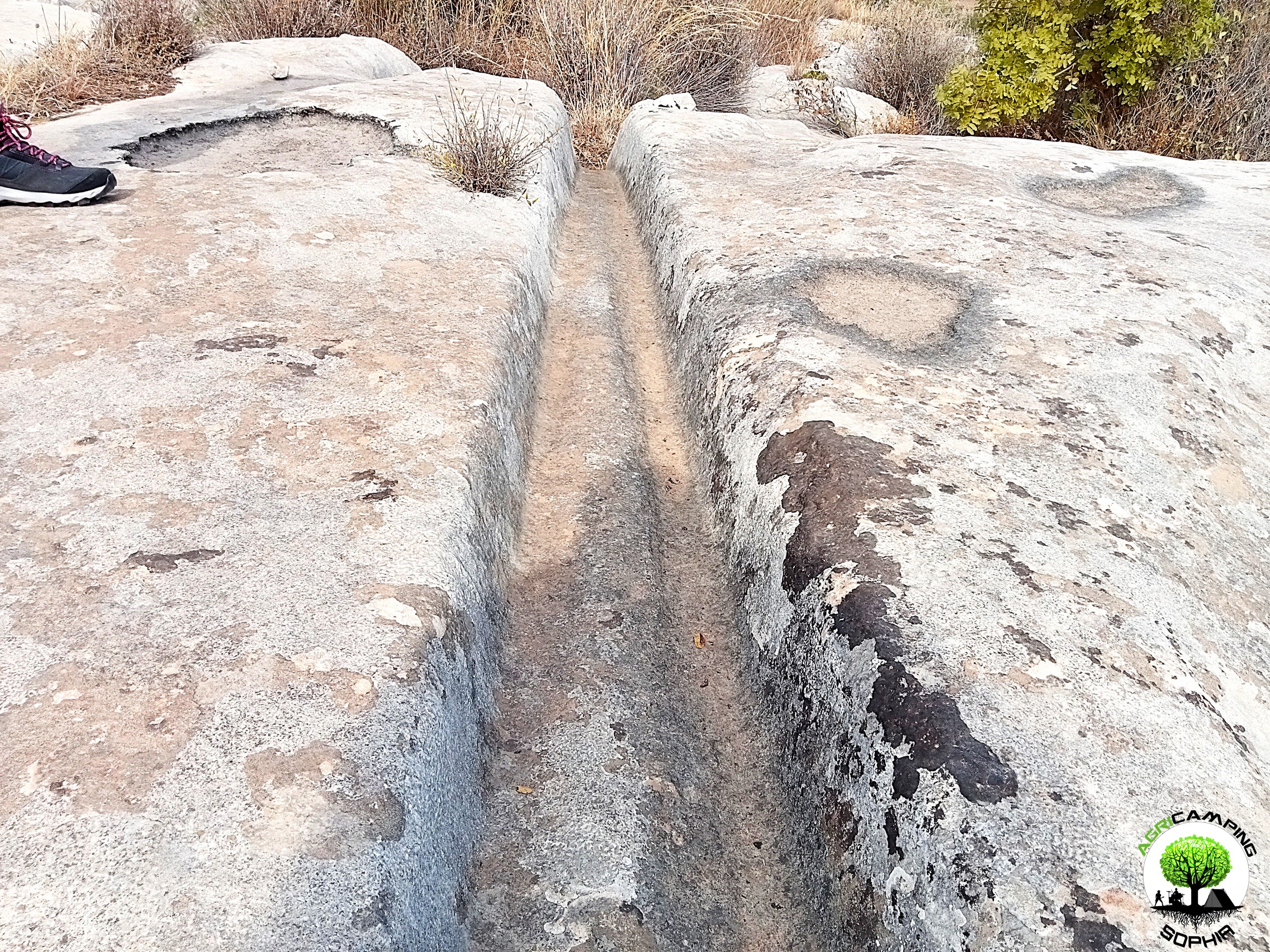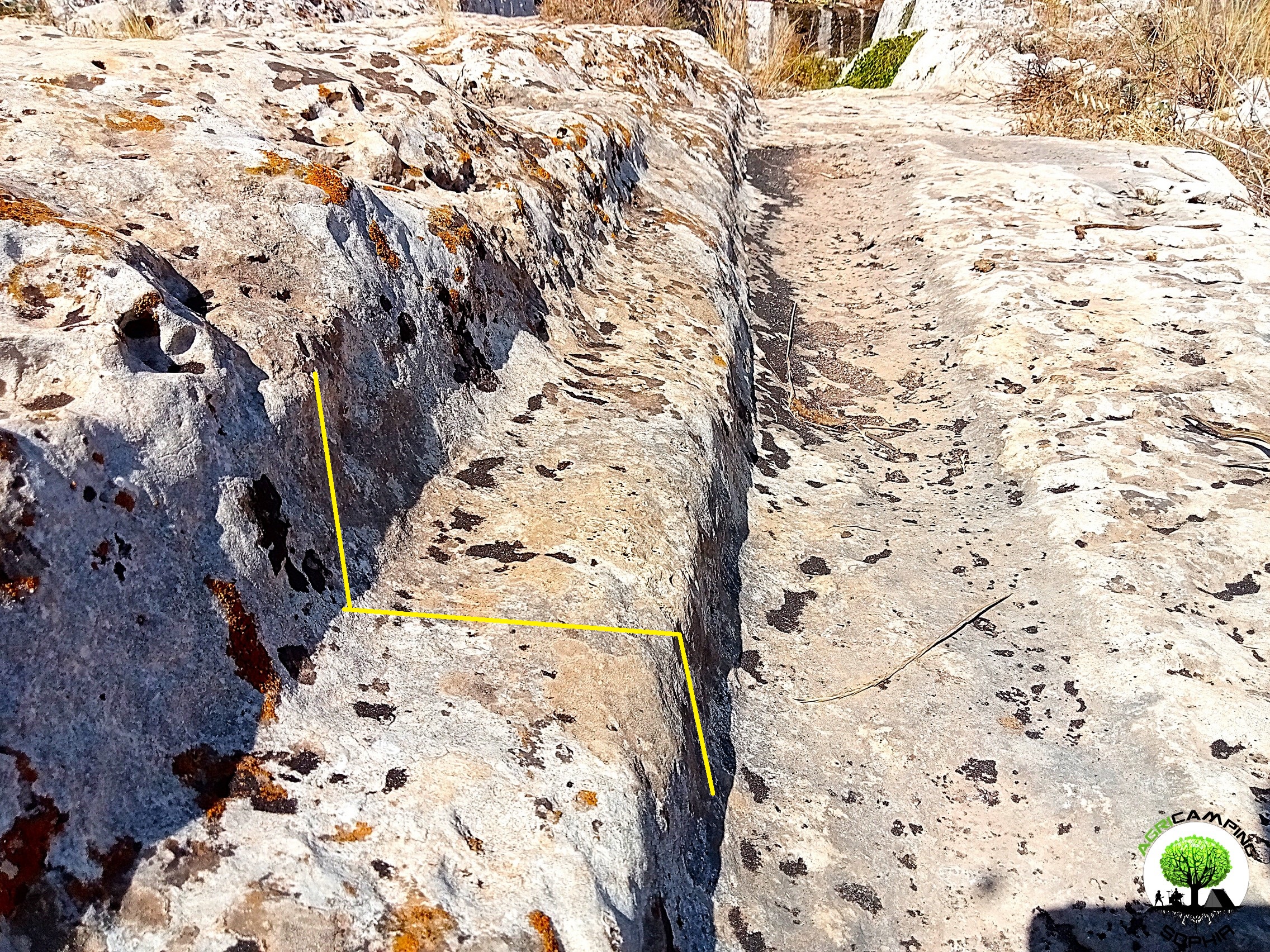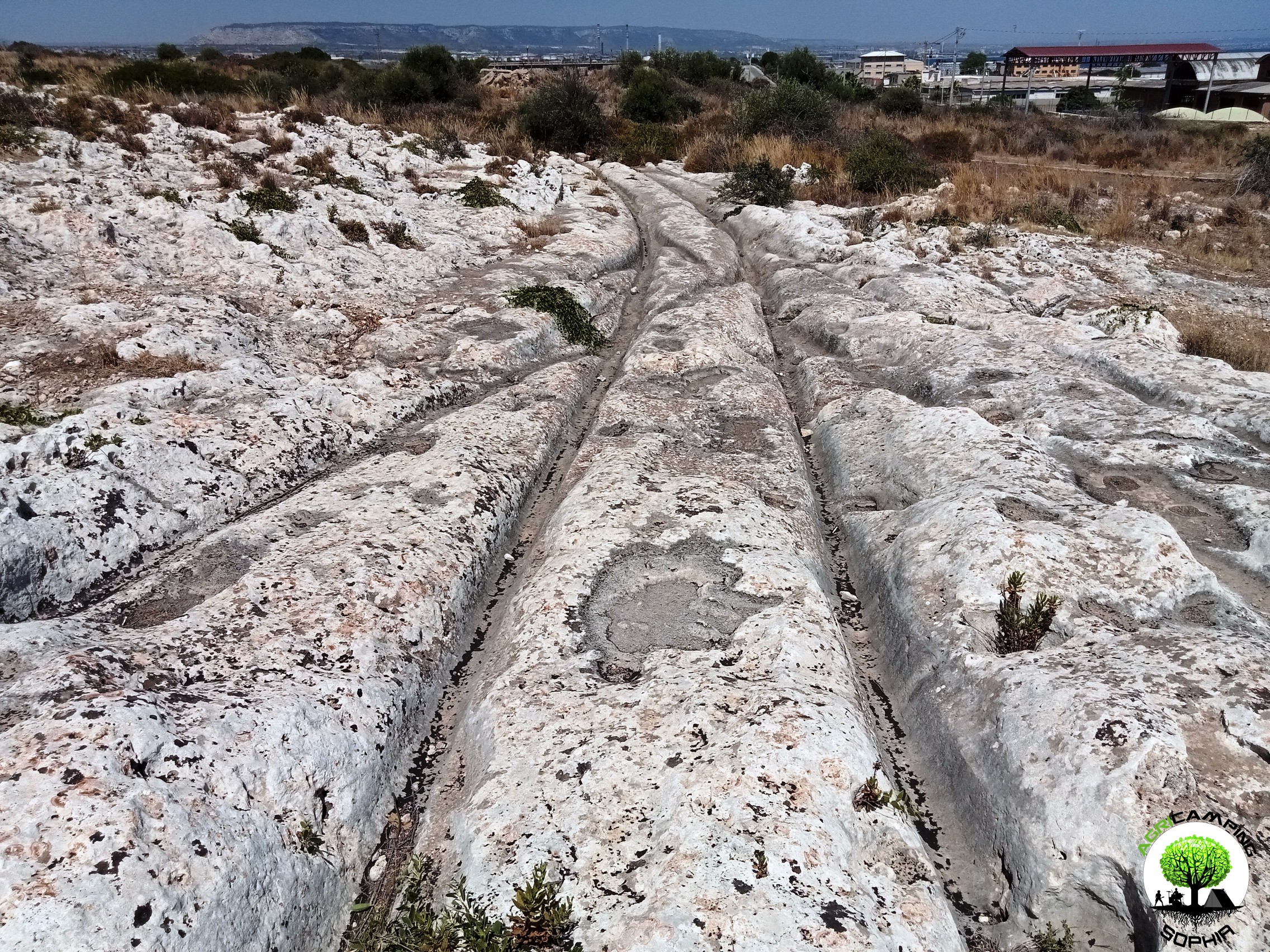THE AURA OF INFIORATA OF NOTO

Photo Source: Rosario Sultana - Vini Sultana
In the mid-thirties of the last century, the German philosopher Walter Benjamin entrusted to his essay
The work of art in the age of its technical reproducibility the thesis (clearly debatable ...) according to which photography and cinema were not fully considered works of art, since they are perfectly reproducible. With the introduction of the aesthetic and, in a certain sense, mystical concept of the
aura, he indissolubly linked art to the singularity of experience, in other words to non-reproducibility.
For Benjamin's thought, a mosaic of flowers would therefore be the work of art par excellence, as absolutely not reproducible, since it would concern the impossible use of the same identical flowers. It would respond fully to the need for
hic et nunc, ie
its unique and unrepeatable existence in the place where it is:
the ephemeral nature of the flower, its quick to change to withering, it amplifies the uniqueness of the mosaic in every moment in which it is admired. In this sense, the
Infiorata di Noto is a real artistic triumph!
 Before lending itself to artistic interests, the mosaic responded to practical needs
Before lending itself to artistic interests, the mosaic responded to practical needs of solidity in order to endure paving. The introduction of the aesthetic care of the mosaics is due to the Egyptians and Greeks, but it is only with the Romans that this artistic expression rises to the high levels of refinement found, for example, in the Roman Villa del Casale or in the Roman Villa of Tellaro. In Sicily the legacy of this mosaic tradition is collected by Arabs and Normans and expressed, for example, in the cathedrals of Monreale, Cefalù and in Palermo Palazzo dei Normanni.
Benedetto Drei, in the Vatican Rome of the seventeenth century,
was the forerunner of the art of flowering in order to emulate the mosaics. He was an authoritative prosecutor and popularizer
Gian Lorenzo Bernini who exported this art in the area of the Castelli Romani. In particular, in the eighteenth century
in Genzano were set up floral carpets on the feast of Corpus Domini. Among other events, the tradition of inflorescence in Genzano was handed down until 1922, when it was decided for an annual and systematic organization. The similar netina manifestation, which generally takes place during the third week of
may, is
born in 1980 from the encounter between the infioratori of Genzano and some netini artists which, fascinated by this artistic expression, have tried with luck to import it to Noto. Since then the ascent of via Corrado Nicolaci has dressed in a soft carpet of flower mosaics leading, under the magnificent baroque balconies, to the entrance of the Church of Montevergini and the Villa Dorata Palace.
 Every year a different theme is proposed
Every year a different theme is proposed that acts as a common thread to floral works: for example, in 2013 it was the turn
Japan, in 2014
Russia, in 2015 of
Catalonia, in 2016, with only a hint of ambition ..., of
World, in 2017 of the
Principality of Monaco . As is easy to see, the leitmotif has for some years almost always been a state or a geographical region from which the artists who accompany their artistic talent to the local are invited, thus creating an interesting
cultural twinning and giving the netina event a
international breadth. In the Infiorata there are also connected to other cultural events such as concerts, theatrical performances, excellent craft exhibitions, etc.
The City of Noto has thus provided proof of great foresight, creating
an annual event for cultural tourism alternative to the appeal that in itself already exerts its baroque. In fact,
Noto is confirmed as the most complete tourist attraction center of the entire district of south eastern Sicily, Siracusa excluded, able to generate tourist flows not exclusively summer, combining the charm of culture to the beauty of its sea. In other words,
Noto must be understood by the surrounding municipalities as a springboard for their own initiatives and not as a competitor to be countered. In my humble way of seeing, the choices of organizing a
Inverdurata in Pachino (which is clearly a "derivation" of the Infiorata) the week before the most famous netina event are chosen without logic. , even worse, a Fragolata in Marzamemi in conjunction with Infiorata ...

The infiorata 2018, to be held between 18 and 20 May, entitled China in Flower "The Silk Roads", will therefore be dedicated to meeting with Chinese culture.
Here find more detailed information. In this edition, as in the previous year, floral mosaics will also be made along Via Galileo Galilei. Among the countless cultural and recreational initiatives, you will be able to attend a fashion show in 18th century clothing correlated by musici and environmental context for this purpose, as well as the possibility of taste goodies, traditional local dishes and wines, all around the historic center of the city. These are some of the words of presentation of the event of the Mayor of Noto Corrado Bonfanti, flew to China to agree on the organization: we are convinced that such a great country is China, so rich, so important, one of civilization oldest in the world, can present us a very rich 2018.
Text Source: Antonino Rampulla
ARCHIVE NEWS
 DO YOU WANT TO ORGANIZE AN ERASMUS AT AGRICAMPING SOPHIA?
DO YOU WANT TO ORGANIZE AN ERASMUS AT AGRICAMPING SOPHIA?
WHAT IS AGRICAMPING SOPHIA?
It is a campsite with tent pitches, glamping tents, mobile homes and bungalows
WHERE IS IT?
In Italy, in Sicily, near Syracuse, in Pachino: 36.736883, 15.095610
HOW TO CONTACT US?
info@agricampingsophia.it
(SPEAK ENGLISH) +39 3473079242 – (ONLY SPEAK ITALIAN) +39 3452396095
WHAT DO WE OFFER?
We offer hospitality and catering for Erasmus projects
FOR HOW MANY PEOPLE?
We can have 4-7 single beds in the Socrate Bungalow, 6-10 single beds in the Platone Mobile Homes, 4-6 single beds in the Aristotele Mobile Homes, 4 single beds in the Iblone Mobile Homes, 4 single beds in the single beds in the Empedocle Glamping Tents. In total we therefore have 18 comfortable single places or 31 single places with a fair spirit of adaptation.
IN WHICH PERIOD CAN AGRICAMPING SOPHIA BE AVAILABLE?
The most suitable periods to use our services...
 CART RUTS MODELED ON SOFT ROCK?
CART RUTS MODELED ON SOFT ROCK?
Read also RACK OR HOUSING FOR CLOGS?
Some cart ruts from the Targia district, in Syracuse, and most of the cart ruts from Granatari Vecchi, in Rosolini, give the impression of having been impressed, modelled, on a rock that was originally viscous, not entirely solid. As absurd as this hypothesis may seem, especially in Granatari Vecchi, the softness of the shapes and the at least anomalous uniformity of the rock bank, as if it were a concrete casting, which hosts the cart ruts, is unicum compared to the lithic context in the area.
In Targia this phenomenon is less impressive but if we consider the cart ruts essentially cart tracks, therefore furrowed roads indirectly resulting from the repeated passage of carts along the same route, we do not understand why such uniformity and smoothness is present, in the majority of cases, also on the parts not affected by the passage of the...
 RACK OR HOUSING FOR CLOGS?
RACK OR HOUSING FOR CLOGS?
Read also CART RUTS CUT FROM QUARRIES
In the presence of slopes, even slight ones, in some cart ruts in the Targia district, in Syracuse, central holes are found with a diameter of between 30 and 50 centimeters and a depth of 15-20 centimeters, spaced about 50 centimeters apart. Neither the position (they are not exactly in the center of the cart ruts and perfectly aligned with each other), nor the shape appear perfectly regular: either the passage of time and any wear have profoundly modified their original shape or, simply, they have never had a systematic regularity. However, the offset in position between one hole and another is never completely “off-axis”: there is always a portion about twenty centimeters wide that coincides with the same portion of the previous and subsequent hole. The best preserved and most defined holes are found in the cart ruts usually called Scala...
 CART RUTS CUT FROM QUARRIES
CART RUTS CUT FROM QUARRIES
Back to CART RUTS AND A FEW TOO MANY PROJECTIONS
I will skip any preamble, referring to what has already been written regarding the presence of cart ruts in south-eastern Sicily.
The easy academic tendency has been, in most cases concerning cart ruts, to consider them in terms of the latomie, or quarries, with which very often (for example in the cases of the Targia or Pizzuta districts) they share the same territory.
According to this theory, the carraie would have been indirectly created due to the wear of the rock at each passage of carts or sleds loaded with extracted stone blocks. I will not repeat the arguments presented so far in order to demonstrate that this is a theory that has little solid foundations on an in-depth analysis of the cart ruts. However, I will add a piece by demonstrating the implausibility of a connection between them in both chronological and functional...
 CART RUTS AND A FEW TOO MANY PROJECTIONS
CART RUTS AND A FEW TOO MANY PROJECTIONS
Read also THE POLISHING OF THE CART RUTS
I will skip any preamble, referring to to what has already been written regarding the presence of cart ruts in south-eastern Sicily.Considering the possibility that the cart ruts were gradually dug by the passage of carts pulled by pack animals, for example pairs of oxen, observing certain sections of the cart ruts present in the Granatari Vecchi district, in Rosolini, and in the Pizzuta district, close to the Vendicari Reserve, two questions arise:
1. Why force the animals to pass over rough surfaces and protrusions high, compared to the base of the furrows, even 60-70 centimeters?
2. Why, in the presence of such obstacles, not opt for a detour?
For Mottershead, Pearson and Schaefer such protrusions appeared later, since at the time of the passage of the wagons, a layer of earth covered the rocky bank, thus not making the obstacle...
 THE POLISHING OF THE CART RUTS
THE POLISHING OF THE CART RUTS
Read also THE PROBLEMATIC EDGES OF THE CART RUTS
I will skip any preamble, referring to to what has already been written regarding the presence of cart ruts in south-eastern Sicily.
To proceed with this comparison I have chosen a probable capital and the corner of a recess present in a block of the northern walls of Eloro that would seem to resemble a pinax, that is, a niche that would have housed a fresco of the heroa, but which a more careful observation refers to a system functional to the grip of the block through a pincer winch. Both elements, like the curt ruts, have remained at the mercy of the elements for millennia, and are therefore subject to comparable wear and tear due to the passage of time. The finishing of the capital should be of a high standard, since it is an architectural element that also has an aesthetic function. The recess, on the other hand, should have...
 THE PROBLEMATIC EDGES OF THE CART RUTS
THE PROBLEMATIC EDGES OF THE CART RUTS
I will skip any preamble, referring to to what has already been written regarding the presence of cart ruts in south-eastern Sicily.As can be seen in other sites around the world, in some cart ruts I visited, in particular in the Cugni district in Pachino, in the Granati Vecchi district in Rosolini and in the Targia district in Syracuse, a clear border can be seen, a sort of frame, next to the grooves, more marked externally, barely noticeable internally.
The borders I measured have a width of 14-20 centimeters and a height of 8-10 centimeters.
Not all cart ruts have such frames present or particularly evident, regardless of the degree of wear or degradation. They are found above all in cart ruts with less deep grooves.
As already described in detail, given the presence of furrows with a depth of even 65-70 centimeters, the wheels of a possible vehicle would have had to have a...
 THE PROBLEM OF CART RUTS IN SOUTH-EASTERN SICILY (PART FOUR)
THE PROBLEM OF CART RUTS IN SOUTH-EASTERN SICILY (PART FOUR)
Click here to return to third part
Clapham Junction
As in the Maltese site Misrah Ghar Il-Kbir, also in the Targia and Granatari Vecchi districts the cart ruts intersect and cross each other in a similar way to the track switches in a railway station. The nickname Clapham Junction that was given by David H. Trump to the Maltese site, derives precisely from the similarity with the famous English railway station. For Sagona these are agricultural furrows and water channels, for Mottershead, Pearson and Schaefer these are abandoned paths due to obstacles and wear. Obviously we do not know what the morphology of the Syracuse and Rosolini territory was at times when the cart ruts were traced, but considering the current context, there certainly would have been no agricultural reason to build them, given the presence of fertile land, springs and fresh water courses just a few kilometers...






 DO YOU WANT TO ORGANIZE AN ERASMUS AT AGRICAMPING SOPHIA?
DO YOU WANT TO ORGANIZE AN ERASMUS AT AGRICAMPING SOPHIA? CART RUTS MODELED ON SOFT ROCK?
CART RUTS MODELED ON SOFT ROCK? RACK OR HOUSING FOR CLOGS?
RACK OR HOUSING FOR CLOGS? CART RUTS CUT FROM QUARRIES
CART RUTS CUT FROM QUARRIES CART RUTS AND A FEW TOO MANY PROJECTIONS
CART RUTS AND A FEW TOO MANY PROJECTIONS THE POLISHING OF THE CART RUTS
THE POLISHING OF THE CART RUTS THE PROBLEMATIC EDGES OF THE CART RUTS
THE PROBLEMATIC EDGES OF THE CART RUTS THE PROBLEM OF CART RUTS IN SOUTH-EASTERN SICILY (PART FOUR)
THE PROBLEM OF CART RUTS IN SOUTH-EASTERN SICILY (PART FOUR)